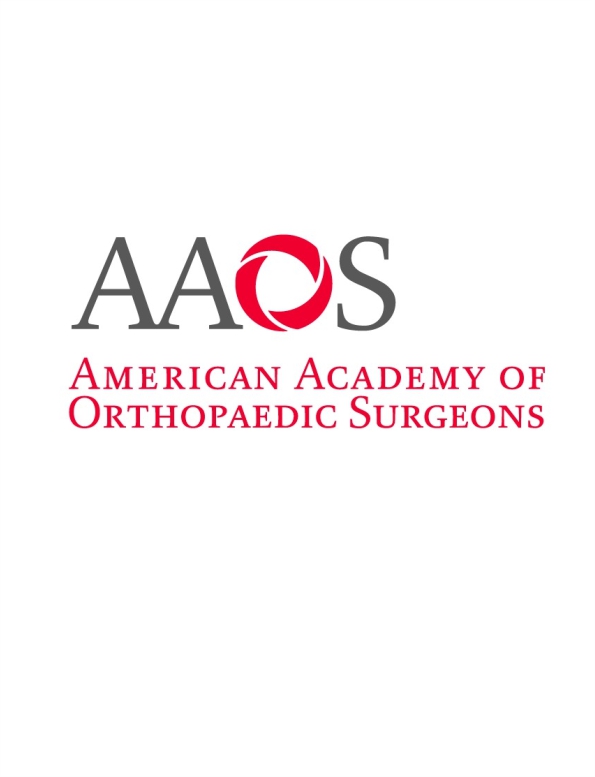
AAOS 2025: Collared Vs Collarless Hydroxyapatite-Coated Stems in Uncemented Primary THA

AAOS 2025: Collared Vs Collarless Hydroxyapatite-Coated Stems in Uncemented Primary THA
Collared vs Collarless Hydroxyapatite-Coated Stems in Uncemented Primary Total Hip Arthroplasty – A Systematic Review and Meta-analysis
CONFERENCE ACE REPORTS
This ACE Report is a summary of a conference presentation or abstract. The information provided has limited the ability to provide an accurate assessment of the risk of bias or the overall quality. Please interpret the results with caution as trials may be in progress and select results may have been presented.
Synopsis
Twelve studies involving 102,629 patients undergoing uncemented primary total hip arthroplasty were included in this systematic review and meta-analysis comparing collared versus collarless hydroxyapatite-coated femoral stems. Pooled outcomes of interest included postoperative periprosthetic femur fracture (PPF) rates at 90 days and up to 10 years. Collared stems showed significantly lower PPF rat...
To view the full content, login to your account,
or start your 30-day FREE Trial today.
FREE TRIAL
LOGIN
Forgot Password?
Explore some of our unlocked ACE Reports below!

Learn about our AI Driven
High Impact Search Feature
Our AI driven High Impact metric calculates the impact an article will have by considering both the publishing journal and the content of the article itself. Built using the latest advances in natural language processing, OE High Impact predicts an article’s future number of citations better than impact factor alone.
Continue



 LOGIN
LOGIN

Join the Conversation
Please Login or Join to leave comments.